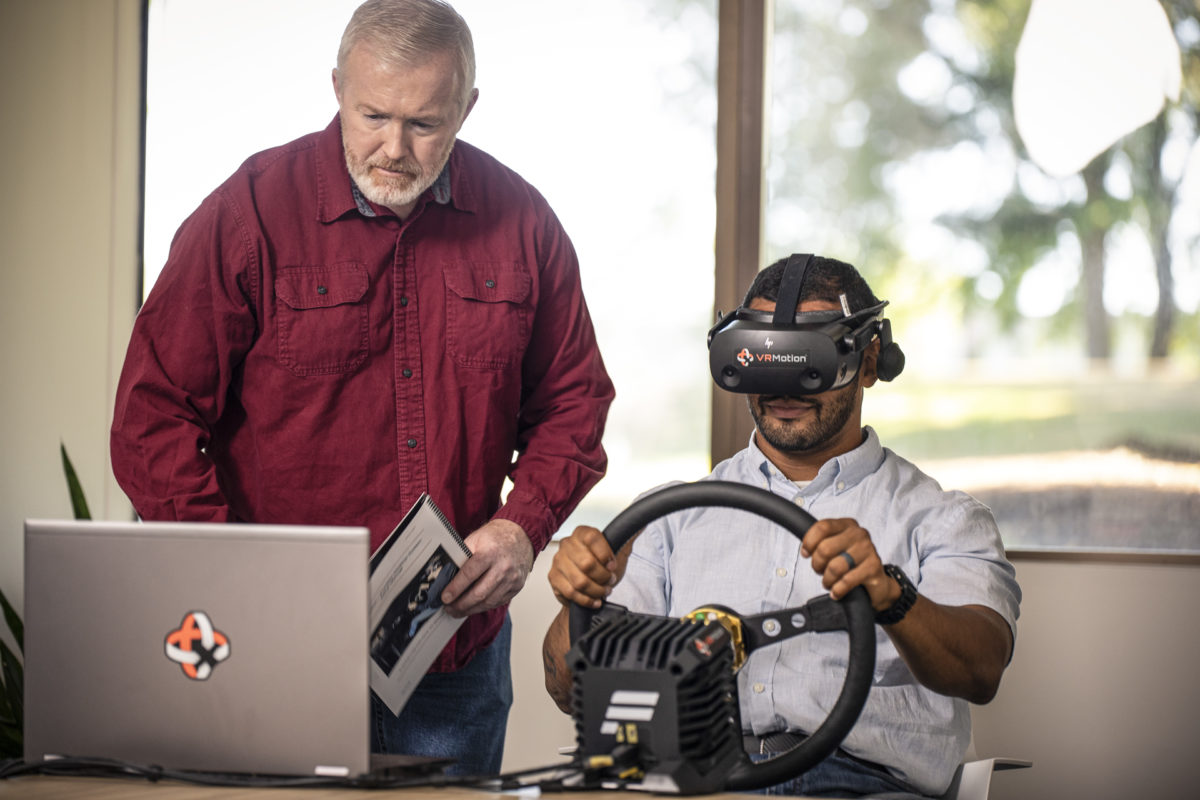Unlocking the Secrets to Driver Training Simulators – Comprehensive Guide
Virtual driver training is rapidly gaining popularity in the Commercial Fleet and Trucking industry as an effective way to train drivers in a safe and controlled environment while reducing operational risks. One of the most important tools in this type of training is the Driver Training Simulator. Also known as VR Driver Training or Driver Simulation Training, a high-quality simulator can provide a realistic and engaging experience for trainees and dramatically enhance skill retention. In this comprehensive guide, we’ll take a closer look at the top things to consider when evaluating a virtual driver training simulator for commercial fleet application.
Realistic Simulation
The most important aspect of any virtual driver training simulator is how realistic it is. The simulator should replicate real-world driving scenarios as closely as possible, including different road conditions, weather, and traffic situations. This level of realism can help trainees develop their skills and confidence behind the wheel.
High-Quality Hardware
The hardware of a virtual driver training simulator is also critical. The display and audio quality should be clear and realistic to provide an immersive experience for the trainee. Additionally, the control hardware, such as steering wheel and pedals, should be of high quality and durable enough to withstand frequent use. This can enhance the overall training experience for the trainee as well as amplify realism.
Up-to-Date Software
The software that powers the virtual driver training simulator should be up-to-date and well-designed to provide a seamless experience for the trainee. It should include various scenarios that simulate real-world driving conditions and challenges, allowing the trainee to develop their skills and confidence.
User-Friendly Interface
The user interface of the virtual driver training simulator should be intuitive and easy to use for both the instructor and the trainee. It should provide relevant information and feedback during the simulation, helping the trainee to improve their driving skills.
Real-Time Feedback and Assessment
The virtual driver training simulator should provide feedback and assessment to the trainee in real-time, highlighting areas for improvement and strengths. This feedback can help the trainee to identify their weaknesses and develop their skills further.
Data Analytics
The simulator should track and record data to provide insights into the trainee’s performance, such as reaction time, decision-making, and other critical metrics. This data can help the instructor to identify areas where the trainee needs further support and tailor their training accordingly.
Cost-Effective
Virtual driver training simulators are a cost-effective way of providing driver training. They eliminate the need for fuel, vehicle maintenance, and other costs associated with traditional driver training methods. This can be particularly useful for virtual truck driver training programs where fuel costs can be high and taking valuable equipment off the road for training purposes is not a realistic option.
Reliable Maintenance and Support
The virtual driver training simulator should come with reliable maintenance and support to ensure it stays in good working condition and can be quickly repaired if needed. The manufacturer should provide comprehensive support and training for the instructors and trainees, helping them to get the most out of the simulator.
Investment Protection
If you are interested in a Driver Training Simulator that hits the mark on all of these key areas above, plus provides the ultimate in investment protection by never becoming outdated or obsolete, then make sure you check out the RealDrive System from VR Motion. The RealDrive Unlimited Plan includes lifetime hardware upgrades on a recurring replacement cycle, so your simulator never falls behind and is always at the cutting-edge of performance. The Unlimited Plan also includes lifetime feature updates so your systems always have the latest training scenarios, newest vehicles, and enhanced software upgrades for as long as you are part of the Plan.
